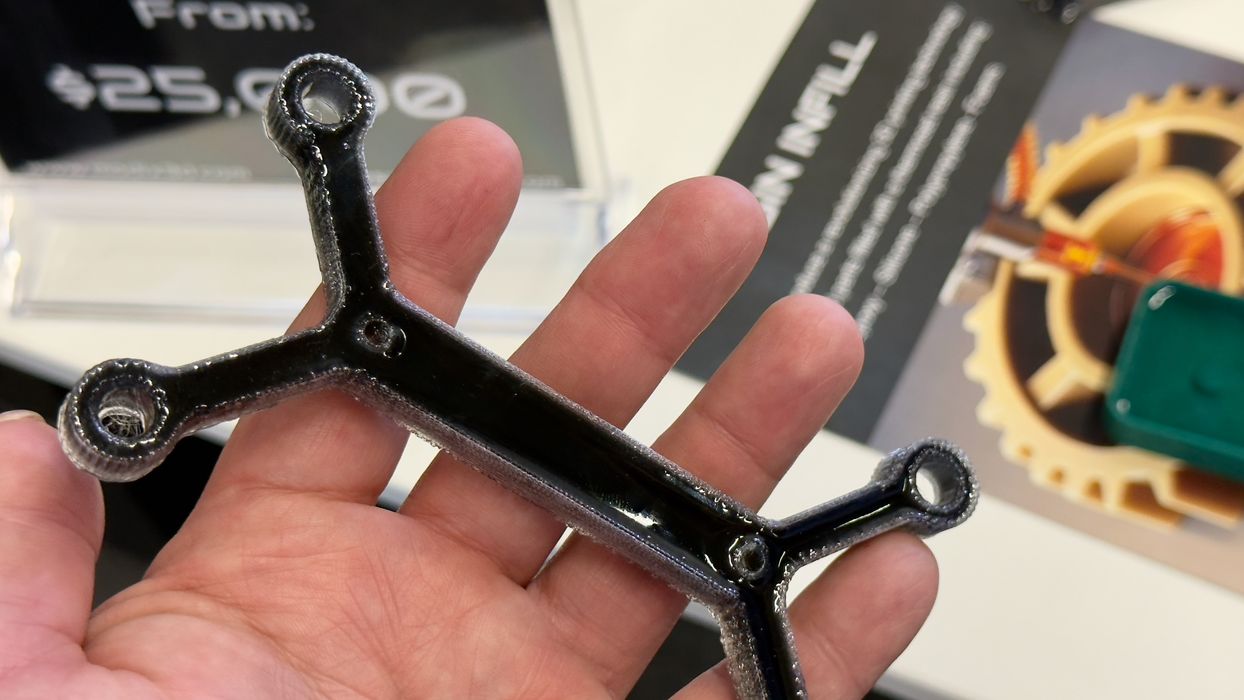
We had a look at Modix’s new resin-infill prints.
Modix produces large-format FFF 3D printers, including the massive MAMA XL-3000, which sports a huge build volume of 3000 x 1000 x 1000 mm. That’s the equivalent of 375 typical desktop 3D printers, demonstrating the incredible size of their equipment.
Printing at large scales is quite a different process than at smaller scales. Issues are amplified many times. Warping, for example, is challenging because the warp develops over longer distances. Material costs are higher because of the increased material usage for larger prints.
Modix has taken a number of steps to ease the challenges of large-scale prints. One of them was to introduce pellet printing. Pellets cost as much as 10X less than filament, which is itself made from pellets. This can substantially change the cost equation for large prints.
Modix CEO Shachar Gafni explained to us:
“We’re just trying to be affordable.”
The company’s latest innovation in this area is a unique method for infill: using resin. At the top, you can see a sample of this process.

The print proceeds normally, except with a near-hollow interior. After a few layers are printed, a perimeter is formed. Then a second toolhead moves in and squirts in a resin that occupies the entire space up to the current layer. More layers are printed, and more resin infill occurs, until the part is completed.
There are quite a few advantages with this unique approach:
- The part can be much, much stronger.
- The part is more isotropic due to the resin.
- The part can be watertight.
- New properties can be introduced, like heat resistance.
- Reinforcing fibers can be used.
That last point is interesting: the length of the fibers can be much, much longer than are normally used in FFF 3D printing. Fiber segments must be short enough to pass through tiny nozzles without clogging, which limits their length. But with a liquid resin infill, there are fewer constraints, making it possible to have very strong infill.
Modix believes this process creates what might be called a new class of composite material: a hybrid of 3D printing and resin. Externally, the parts appear the same, but they have much more capability.
Via Modix
